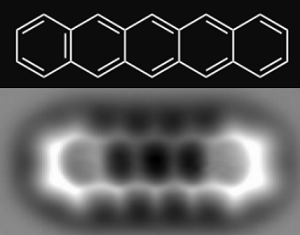Cambridge research achieves impressive solar efficiency
 Researchers at the Cavendish Lab in the Physics Department at Cambridge University have achieved an efficiency breakthrough. The current maximum efficiency demonstrated by the organic solar cells in question is 34 percent. Scientists are now measuring efficiency as high as 44 percent.
Researchers at the Cavendish Lab in the Physics Department at Cambridge University have achieved an efficiency breakthrough. The current maximum efficiency demonstrated by the organic solar cells in question is 34 percent. Scientists are now measuring efficiency as high as 44 percent.
This news is the frosting on the cake for British companies and citizens who are already enjoying the savings from their solar units. Britain has a feed-in-tariff program that allows users of solar energy to make money just by generating energy. Feed-in-tariffs serve a few purposes. The income generated by using solar energy can be used to help a home or business owner offset the cost of installing solar panels. After the cost has been completely offset, then the solar panels become a profitable investment. As the efficiency of the cells grows, the value of the investment grows as well.
Professor Neil Greenham and Professor Sir Richard Friend have developed a cell that captures the light typically used by solar cells, but their cell also generates energy from red light, while using energy from blue light to boost the current. The other addition is a substance called pentacene, an organic semiconductor. This allows the cell to generate two electrons each time a photon is captured.
An organic solar cell is a unit that uses organic materials to generate solar energy. This excludes silicon solar cells. Organic solar cells are less expensive to make, but they have been criticized for low strength, low stability, and low efficiency. The team at Cambridge is working to make these critiques a thing of the past.
“Organic and hybrid solar cells have an advantage over current silicon-based technology because they can be produced in large quantities at low cost by roll-to-roll printing,” said Bruno Ehrler, a lead researcher for the new cell. “However, much of the cost of a solar power plant is in the land, labor, and installation hardware. As a result, even if organic solar panels are less expensive, we need to improve their efficiency to make them competitive. Otherwise, it’d be like buying a cheap painting, only to find out you need an expensive frame.”
The 25 percent increase in efficiency certainly helps make these organic cells more competitive in the solar market.



